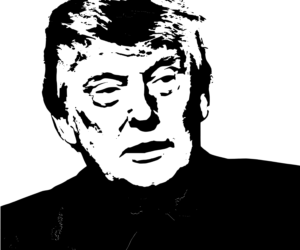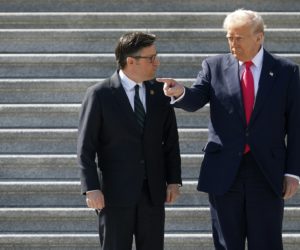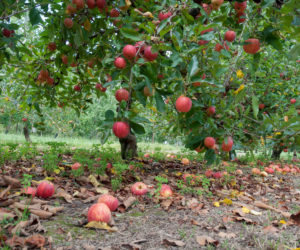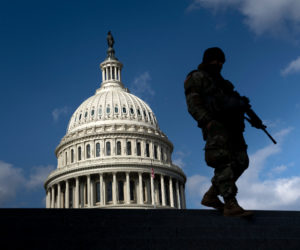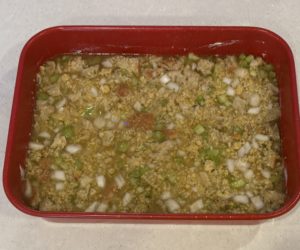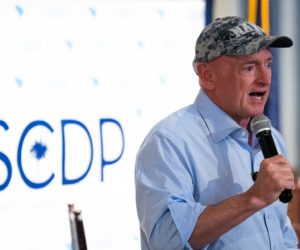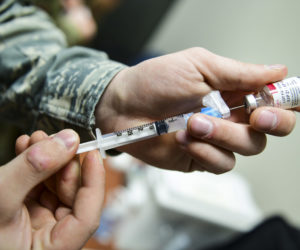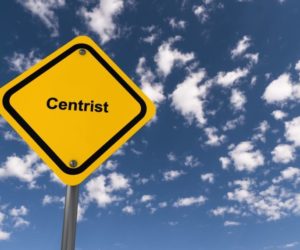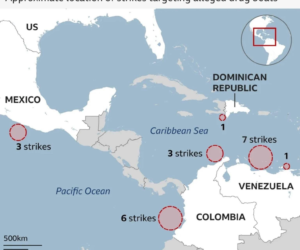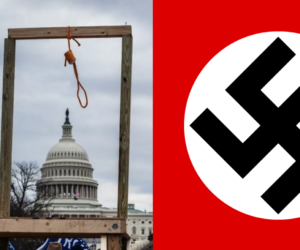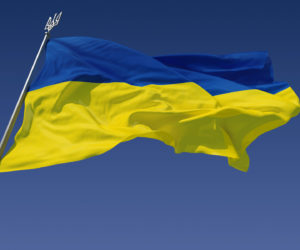As of Tuesday morning Mark Carney and the Liberal Party of Canada are projected to win another term in federal Parliament – their fourth in a row. The only outstanding issue is whether they will lead a minority or majority government, with a majority requiring 172 seats. Currently they have won or are leading in 168 ridings. While they may pass the majority threshold as counting continues, it is looking increasingly unlikely, though not impossible. In a minority parliament the Liberals would require the help of opposition parties to pass legislation. Both the regional Bloc Quebecois and the left-wing New Democratic Party (NDP) may be in a position to provide those votes on specific issues or to help the Liberals survive confidence votes. Even the Conservatives, though ideologically opposed to the Liberals on many issues, could provide support particularly on measures that will help Canada stand up to Donald Trump, a popular stance.
Perhaps notable for American readers is that leaders of the two major national opposition parties, the Conservatives and the NDP, though they had both lost their individual seats, took no issue with the integrity of the election in their concession speeches and called for the country to come together post-election to address common concerns. Pierre Poilievre, the leader of the Conservative Party, announced he would stay on as leader while Jagmeet Singh, leader of the NDP, announced he would step down as soon as his party chose an interim leader prior to a full leadership contest.
It was widely expected going into the election that support for 3rd, 4th, and 5th parties would melt away as Canadians decided which of the two largest parties, the Liberals and Conservatives, could best deal with Trump. And that is mostly what happened. But Trump was not the only issue on the ballot as Poilievre and the Conservatives also focused on affordability concerns for which they often effectively criticized the Liberal government, in power since 2015. Add to that the conventional wisdom that the 10 years the Liberals have now been in power is a very long time for a ruling government to survive and the outcome ends up not being as straight forward as previously thought.
In the end the Liberals, though victorious, underperformed, notably in Ontario, and the Conservatives overperformed expectations. A popular poll aggregating site, 338Canada, predicted the Liberals would win 186 seats and a majority government and the Conservatives 124 seats. Instead the Liberals will win about 20 fewer seats than projected and the Conservatives 20 more than projected.
Many will recall that Poilievre and the Conservatives had a 25-point lead in the polls in January and were expected at that time to win without much difficulty whenever an election was called. This was of course before the very unpopular Liberal Prime Minister Justin Trudeau stepped down and before Trump began his tariff attacks on Canada and talk of making the country a 51st state. When Mark Carney became liberal leader and Prime Minister, he was quickly seen as the guy best able to stand up to Trump in part because of his international banking experience. Poilievre, though critical of Trump’s attacks on Canada, was often seen as insufficiently critical in part because many in Poilievre’s base did not necessarily look upon Trump unfavourably and Poilievre was to a degree hedging his bets.
But here’s the thing about elections: we talk about the ballot question, meaning the main reason people vote one way or the other. This is an important concept. But people vote as they do for all kinds of reasons. There is not much doubt Carney won because many voters hoped he would be most able to defend Canada in the world we now inhabit. They concentrated their votes accordingly. It turns out, however, that a lot of Canadians, even those concerned about Trump, thought Poilievre a reasonable choice on the Trump question. It also appears that one government being around for 10 years is a bit too long for many voters. And it would seem that if Trump was the ballot question for most, affordability was the ballot question for many, as it was in the U.S. in 2024.
Recall that for whatever reason Trump backed off his talk of Canada as the 51st state in the final two weeks of the campaign, and was not quite as aggressive on the issue of tariffs. He began to muck about again in the final days but by then he had become a slightly less significant figure in the minds of some voters. It is reasonable to assume that some began to remember why they had previously thought so little of the Liberals.
Add to this that Canada is used to multi-party elections in which smaller parties get a significant vote share. This one ended up being a head-to-head match between the two largest parties, which meant that vote-splitting led to a number of surprising outcomes like in those ridings in which the more progressive Liberals and left-wing New Democrats split votes making it possible for the Conservatives to come up the middle. In other words, there is always so much going on in elections.
The election is over. Mark Carney is the Prime Minister of Canada once again, perhaps heading a minority government, which is something many of us like because it requires parties working together. It also means that the relatively small margin of victory, after predictions of something quite different, may keep him humble, always a good thing for politicians.
Retired political staffer/civil servant. Dual U.S./Canadian citizen writing about politics and the arts on both sides of the border.

